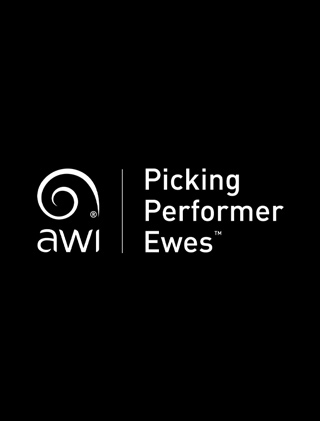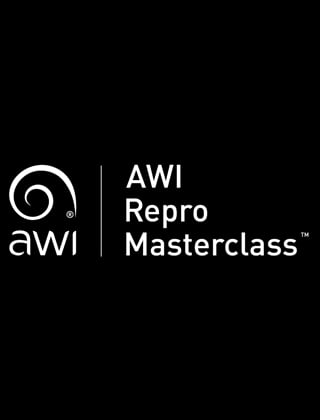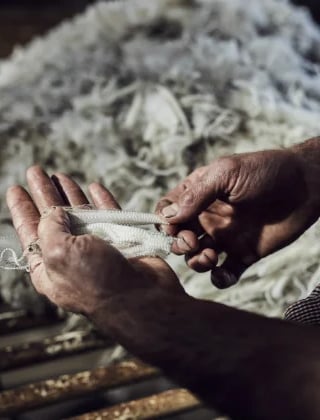Kangaroo Island bounces back

A proud wool-producing region, South Australia’s Kangaroo Island is continuing to recover after a summer that will not be forgotten in living memory.
A bushfire burning in the distance on Kangaroo Island, six months ago. (PHOTO ozflash)
A proud wool-producing region, South Australia’s Kangaroo Island is continuing to recover after a summer that will not be forgotten in living memory.
Australia’s third largest island was, like many areas, hit very hard with bushfire this summer with the loss of two lives, almost 60,000 of the 600,000 sheep on the island, more than 80 houses and extensive loss of sheds, and many thousands of kilometres of fencing.
Many of Kangaroo Island’s 300 farmers grow wool as it is the highest value per kilogram product that can be produced, therefore reducing the per unit cost of freight – a very important consideration when everything you produce has to be shipped off an island.
With such a significant loss of infrastructure and sheep still needing to be shorn, AWI relocated its two-stand, mobile shearing trailer (normally used for events and training) to the island. The shearing trailer is being held at Elders Kingscote and is available to anyone needing a shearing plant.
Martin Kay of Elders Kingscote said the two-stand shearing trailer has been a fantastic option for various woolgrowers who have lost sheds and infrastructure.
“People are generally very upbeat and are putting one foot in front of the other to get things done,” Martin said. “The AWI shearing trailer has saved people having to truck sheep to other places and so it’s been great. In the last couple of months, we have seen a lot of sheep purchased and come to the island, and I’m hopeful come springtime we might not be too far behind where we were last year in terms of numbers.”

The AWI two-stand shearing trailer in action on Kangaroo Island.
The main agricultural group on the island, Agriculture Kangaroo Island (AgKI), ran a technology day in mid-March at which AWI was present to promote new shed design ideas and the AWI Woolgrower Menu which provides a list of resources offered by AWI to support woolgrowers’ businesses. (A copy of the Woolgrower Menu was posted out to all woolgrowers with the March edition of Beyond the Bale).
AWI has been working for months with MLA, PIRSA and Livestock SA to roll out bushfire recovery sessions in the form of small groups of farmers in a facilitated group, learning their priorities during this rebuilding phase. The advent of the coronavirus situation has necessitated these groups move online as the only current option to continue the sessions.
Many farmers and members of the general public have travelled to Kangaroo Island to help with fencing, and whilst BlazeAid still has various teams on the island, there are hundreds of kilometres of fencing still to do. The Australian Army had a large presence on the island for many weeks and cleaned up sheds and houses.
Knowing how to assist after such devastation in not easy but the response from across Australia has been very significant according to Lyn Dohle from PIRSA Rural Solutions. Having been on the island for more than 30 years in a professional capacity, Lyn said Kangaroo Island is continuing to recover, with everyone moving forward at their own pace.
“Everyone is recovering in his or her own way, at his or her own pace. Farmers are working long hours to undertake a massive rebuild from the fires whilst still maintaining business as usual,” Lyn said.
“But for many who have seen a lifetime’s work wiped out, it’s understandably very hard to take. But if there is one thing I’ve learnt in my time on Kangaroo Island it is that our farmers are incredibly resilient and we have a strong community spirit that will get us through these tough times.”
MORE INFORMATION
- For woolgrowers recovering from bushfire, AWI provides a range of resources, plus links to useful external websites at wool.com/bushfire.
- Hear more how Kangaroo Island is approaching a massive rebuild in Episode 116 of AWI’s The Yarn podcast at wool.com/podcast.
This article appeared in the June 2020 edition of AWI’s Beyond the Bale magazine. Reproduction of the article is encouraged, however prior permission must be obtained from the Editor.















